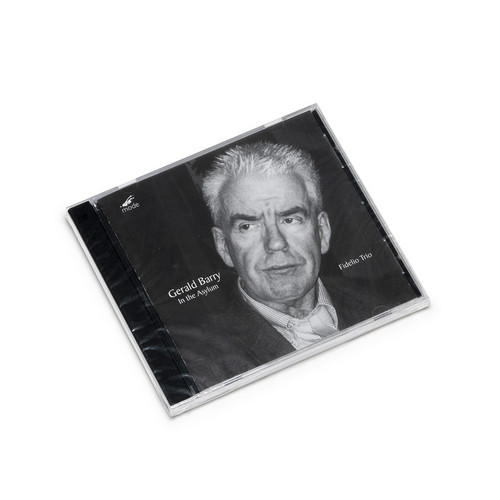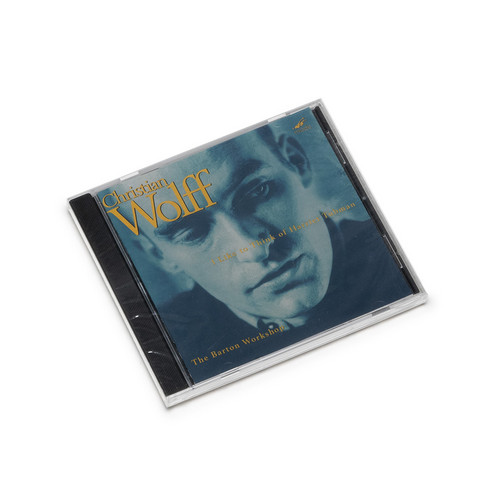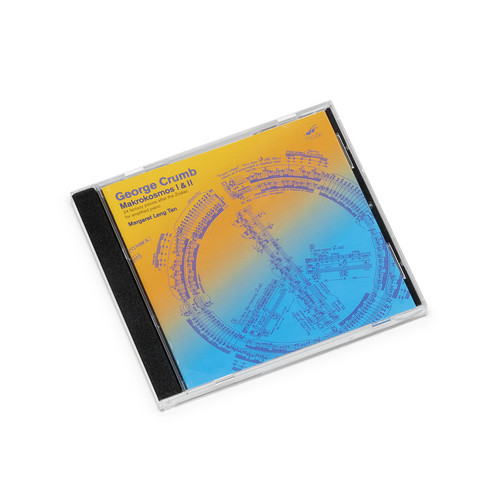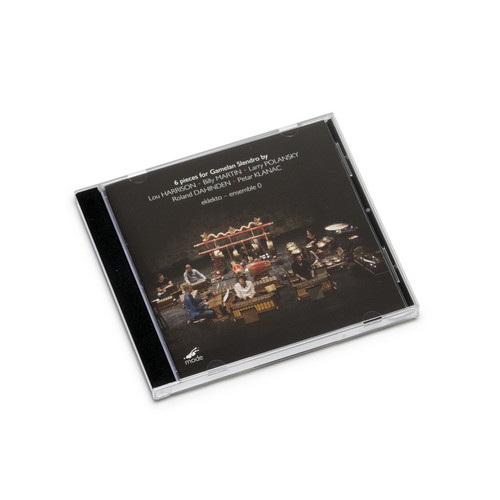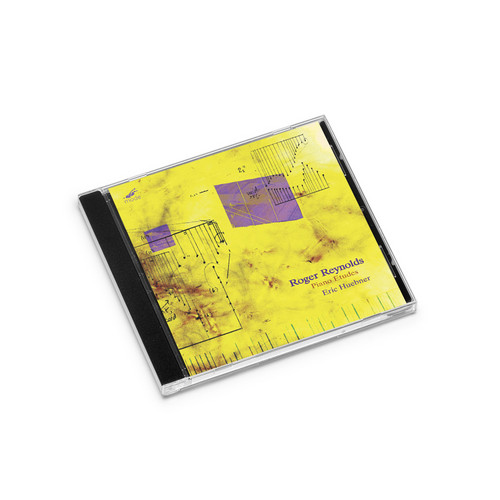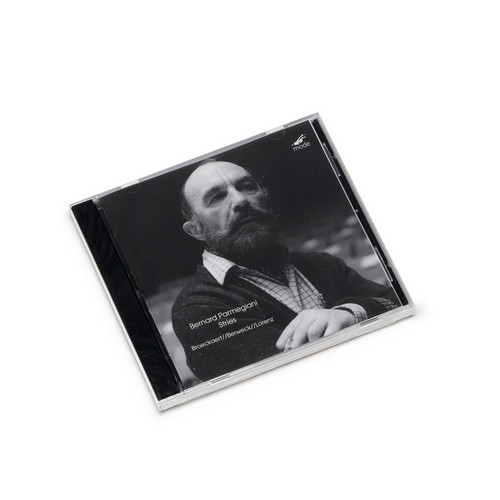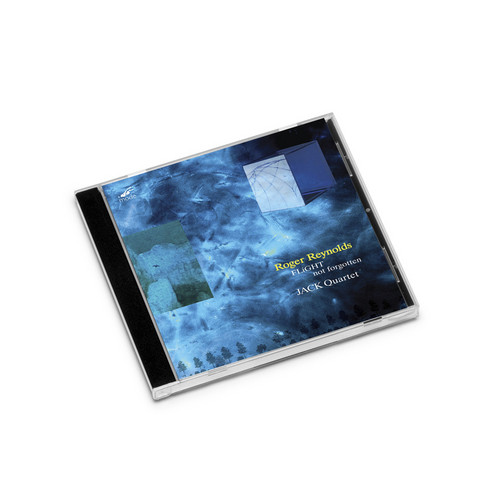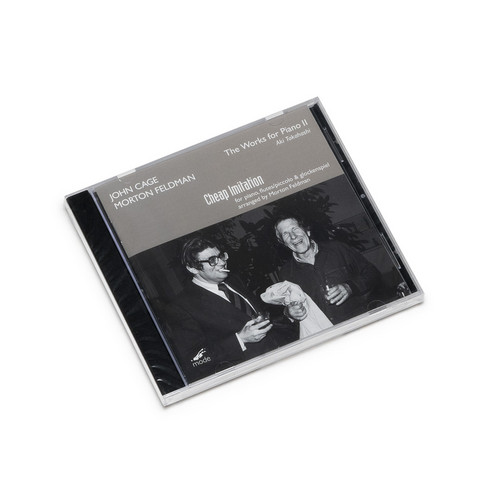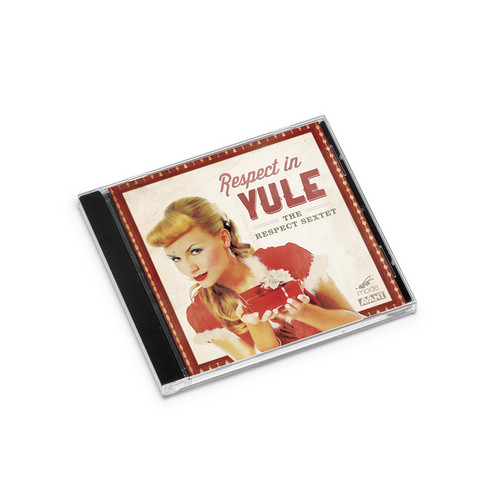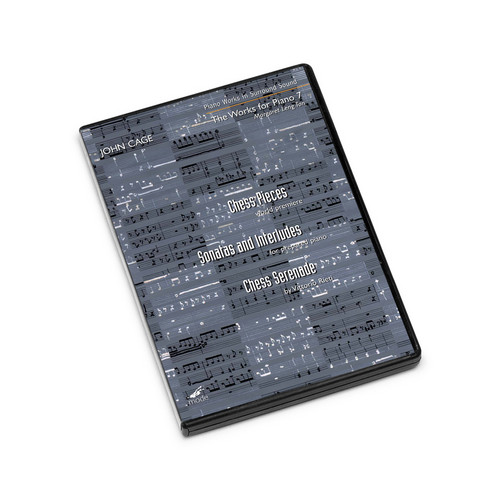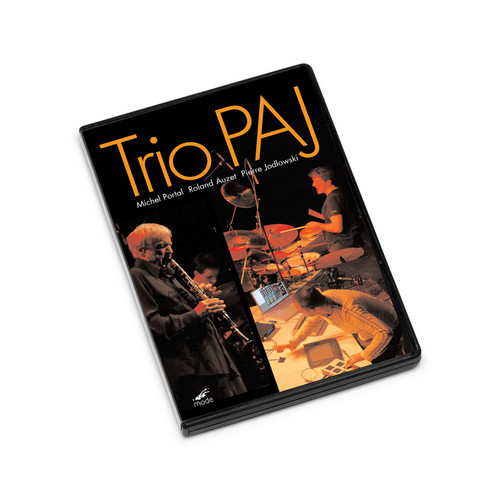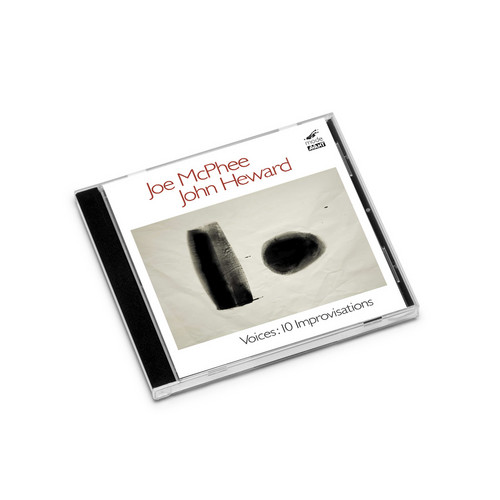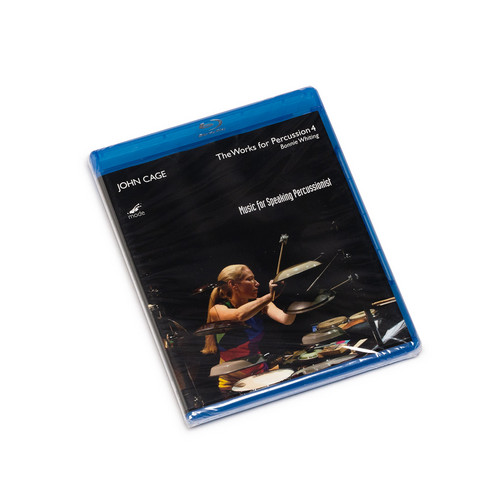★Mode
In the Asylum
This album collects works for piano through piano quartet by Irish composer Gerald Barry. All, except for In the Asylum are first recordings.
Volume 1: Electronic Works
*2022 stock* Although this might be labelled 'Volume 1', this large collection of Morton Subotnick's work (featuring three of his pieces - 'Touch', 'A Sky of Cloudless Sulphur' and 'Gestures') actually showcases some of his most recent compositions. The pioneering electronic composer shot into the public eye with his very well known album 'Silver Apples of the Moon', but his work didn't end there and here we get 'Touch' which was composed just after 'The Wild Bull' in 1969 set next to 'A Sky of …
I Like To Think Of Harriet Tubman
*2022 stock* 'A true Leninist would argue that art in a smoothly running socialist state would become redundant and disappear, though while waiting for such a perfect society to come about, we have an idea of what socialist literature, painting, sculpture and cinema are like. But what does socialist music sound like? Luigi Nono? Eisler? Robert Wyatt? The Ex? Well, all four. and you may add Christian Wolff to the list. Like fellow experimental composers Cornelius Cardew and Frederic Rzewski, Wolf…
Tempi Agitati
On April 6, 1327, a 22-year-old Italian poet named Francesco Petrarca caught a glimpse of a young woman, Laura, in a church in Avignon. He later reported that “living sparks issued from two lovely eyes”. Those sparks enflamed Petrarch such that he spent the rest of his illustrious career coming to terms with them. Madrigals were developed in the 16th century by Adrian Willaert and Cipriano de Rore, which took Petrarch’s agonized images as justification for violating the rules that had guided mus…
Rana, Ritual And Revelations
Diverse works from the 80s & 90s by composer and harpist Anne Lebaron. Taking inspiration from amphibians, peyote ritual, bowerbirds, and Noh theater, and performed by a plurality of ensembles, some including Lebaron herself, in these compositions animal, technology, and ritual are collided into something like Southern cyborg shamanism. Lebaron was a student of Ligeti, first catching his attention with “Concerto For Active Frogs” in which the musicians, dressed in green plastic bags, perform a g…
Makrokosmos
** 2022 remastered repress ** Pianist Margaret Leng-Tan - considered the leading exponent of “extended” piano techniques - is at her best with this music. George Crumb and Ms. Tan worked closely on the preparation of these works for the recording. Crumb’s Makrokosmos I & II were written to expand the world of color and sonic possibilities which a single piano and pianist could create. In addition to playing the keyboard, the pianist is required to strum and pluck the strings; apply glass tumbler…
Voces
Voces documents many of Walter Zimmermann’s compositions for voices from 1979–2016. The words set range from Meister Eckhart and Hadewijch to Lermontov, Mandelstam, Jabès, Tranströmer, Ingold and Robert Creeley (with his voice accompanying the musicians). Performers include: Claudia Barainsky, the musicians of the Merce Cunningham Dance Company (including David Tudor & Takehisha Kosugi), Tehila Nini Goldstein, KNM Ensemble, Meitar Ensemble, Neue Vocalsolisten Stuttgart, Peter Schöne / Jan Phili…
6 Pieces for Gamelan Slendro
For this recording project, the fearless French musical collective ensemble 0 (pronounced “zero”) began a new kind of collaboration with the Swiss percussion ensemble Eklekto and Gamelan Oksitan — this last the traditional Javanese ensemble of gongs and metallo- phones based in France. Their transcultural bridge has foundations that go back to Claude Debussy’s fascination with the radiant tones of gamelan music that he heard at the 1889 Paris Exposition. Yet neither Debussy nor many other sympat…
Roger Reynolds at 85, Vol II: Piano Etudes
Reynolds’ Etudes allows the performer to not only choose the number of Etudes to be presented (even repeating them, if desired) as well as their order. In this way, the performer becomes a co-creator with the composer. All 12 Etudes are presented in this recording by Eric Huebner. Each etude inhabits a world distinctly its own. Reynolds dares a remarkable leap from the first to the second book. Rather than merely continue the premises and promises established by the first six etudes, the second …
Stries
Bernard Parmegiani (1927–2013), the grand old man of French electroacoustic music, did not write much music for tape with live performers. Among them is “Stries” for the unusual combi- nation of three live synthesizer players and tape. Until recently, “Stries” had not been played live for some 30 years. This is the first complete recording, only part of it had been previously released on LP on the INA/GRM label. “Stries” was written for the three synthesizer players of the Paris- based electro…
Roger Reynolds at 85, Vol 1: String Quartets
This release documents Roger Reynolds’ most recent string quartets in composer supervised first recordings by the acclaimed JACK Quartet. “Flight”, commissioned by Jack Quartet, arose from a collaborative process lasting almost five years. Its four movements reflect upon the stages of humanity’s aspirations for flight. Of “not forgotten” Reynolds writes: “As the years pass, one notices that certain elements in one’s days have unusual persistence in the mind. Such elements may involve individua…
The Works for Piano 11: Cheap Imitation
All of these works by Cage are influenced by Satie. Cage’s friend and colleague Morton Feldman made an arrangement of Cage’s solo piano “Cheap Imitation” for a trio of piano, flutes/piccolo and glockenspiel. Feldman’s admiration for the pianist Aki Takahashi caused him to gift this arrangement to her. And, full circle, we have the repertoire of this album. The major discovery is Feldman’s arrangement of Cheap Imitation for this very Feldmanesque instrumental ensemble. It is unknown why Feldman …
Memory in Motion: Percussion in Surround
“Memory in Motion: Percussion in Surround” was a research project developed to examine how percussionists memorize musical actions within ensembles. As part of this research, director Aiyun Huang commissioned new works to compliment selected existing repertoire. Zihua Tan wrote Sorites to compliment Iannis Xenakis’ Persephassa and Alcides Lanza wrote mnais mnemes to compliment his own earlier composition sensor VI. In both cases, the composers were asked to use the identical setup and notational…
Respect in Yule
Respect In Yule promises to be among the most fun and eclectic holiday albums ever – the album ranges from introspective to ecstatic, from the popular to the obscure, the sacred to the secular. In choosing the repertoire, The Respect Sextet wanted to pull together some of their favorite holiday music from all genres and view them through Respect-colored glasses. Featuring compositions by Misha Mengelberg, Loudon Wainwright III, Frank Loesser, Robbie Robertson (of The Band), Thelonious Monk, Jule…
The Piano Works 7 - Chess Serenade
A major discovery and first recording of an important Cage piece from 1944. In 1944, John Cage was invited to participate in “The Imagery of Chess” exhibition at the Julien Levy Gallery in New York City. The artists included Calder, Noguchi, Motherwell, Breton, Duchamp, Ernst, Man Ray, Tanning and other leading surrealists.Cage contributed a painting entitled “Chess Pieces”. It was purchased at the show and went into a private collection. For decades it was deemed lost and was (almost) forgotten…
Whispers Out Of Time
Roger Reynolds’ (b.1939) music is a bit of a paradox: intimate in detail, while on a broader scale it is epic. It fits well with the music of his friends: Toru Takemitsu and Iannis Xenakis. The three works on this disc were composed over a four-year period (1987-1990). All are first recordings, and the first complete disc of Reynolds’ orchestral music. Symphony[Myths], dedicated to Takemitsu, is for large orchestra: woodwinds in fours, piano, harp and an extended percussion section. It is see…
Live at Grenoble Jazz Festival 2010
A unique musical journey by three outstanding musicians exploring jazz, improvisation and electronic music. Percussionist/composer Roland Auzet with performer/composer Pierre Jodlowski invited the legend of French jazz and improvised music, Michel Portal (who premiered Pierre Boulez’s “Domain,” Boulez said that Portal is “blessed with an imaginative virtuosity”) to form Trio PAJ in 2007.
This daring collaboration reflects their influence of various artists and styles, from Boulez to Stockhausen…
Voices: Ten Improvisations
This superb pairing of two top-flight improvisors reminds me of why I listen to this music. It’s not about ‘music’, it’s about sounds and their making. It’s a given that these two can really ‘play’. Joe McPhee established that in the immediate post-Coltrane era, and Heward – while I know little about him except that he’s also a visual artist who recorded a duo album on Avant with Steve Lacy – I’m sure he can really whack those tubs. The point, however, is that they don’t ‘just play’, they also l…
Live In Montreal
This live concert is perhaps one of the last recordings from soprano saxophone legend Steve Lacy. Lacy and percussionist John Heward first met in Paris in 1975. Though they remained in regular contact through the years, they did not actually play together until this concert in Montreal on 20 June 2003. Two months later Lacy was diagnosed with cancer, and died in June 2004.Lacy suggested to Heward that he wanted to end this improvisation with the motif Recessional for Oliver Johnson, as a tribute…
The Works for Percussion 4
A Flower; The Wonderful Widow of Eighteen Springs; 51’15.657” for a speaking percussionist (realization Whiting); Music for Two (By One) (realization Whiting) — Bonnie Whiting, voice & percussion + Allen OTTE/John CAGE: Connecting Egypt to Madison through Columbus Ohio, Cage, and the History of the American Labor Movement (realization Otte) — Allen Otte, voice, prepared piano, percussion. It includes full video and 48khz/24-bit PCM audio + 73 minute video interview with Whiting and Otte, discuss…
